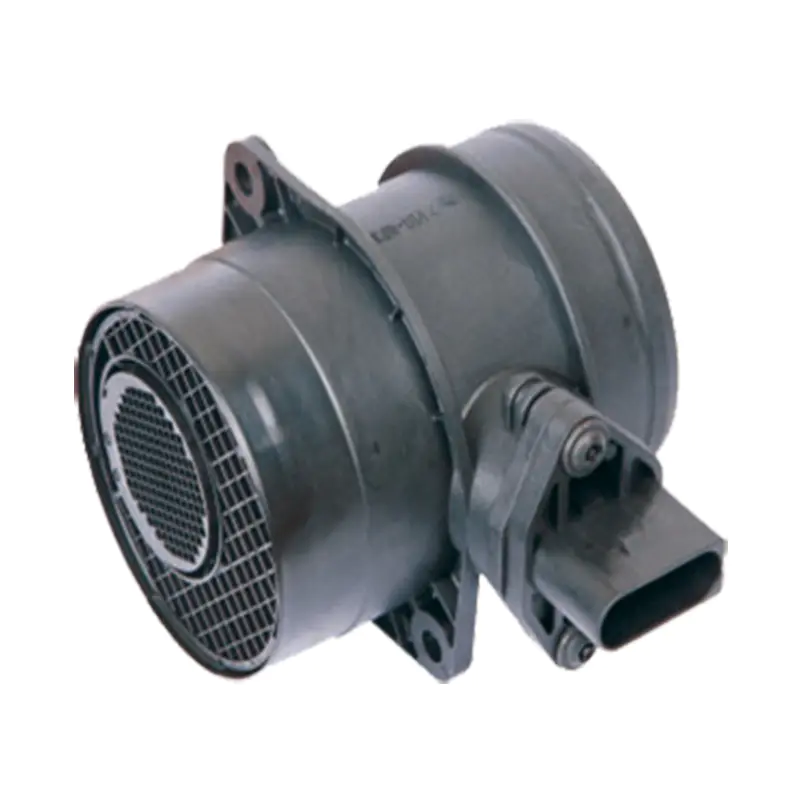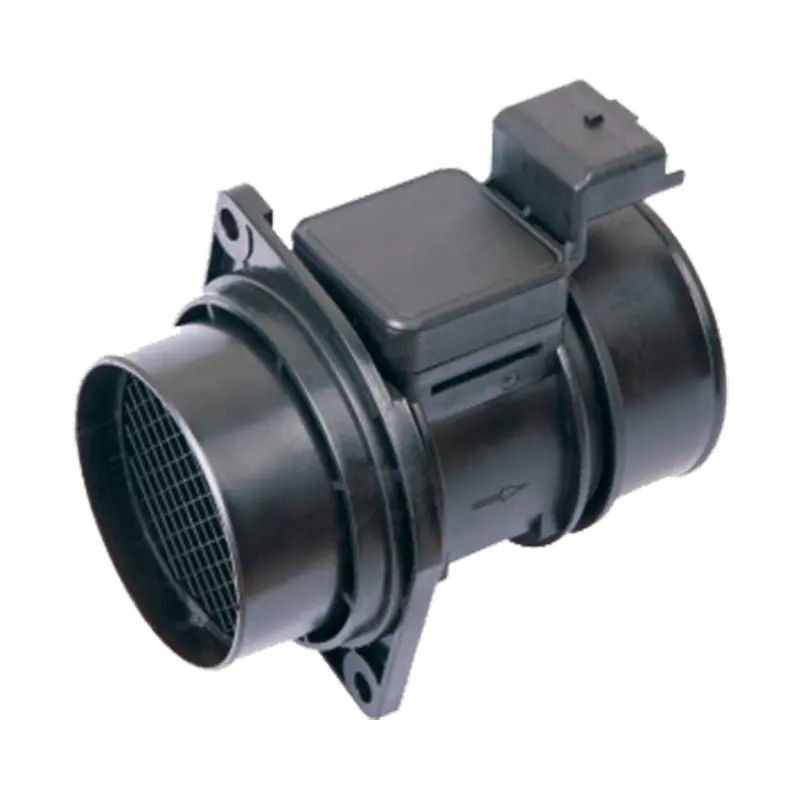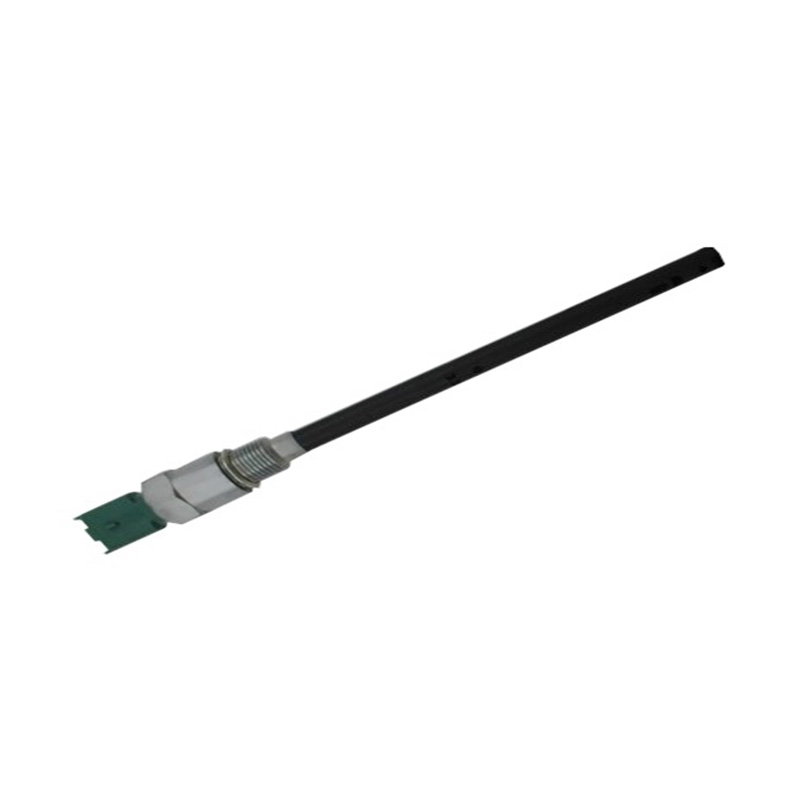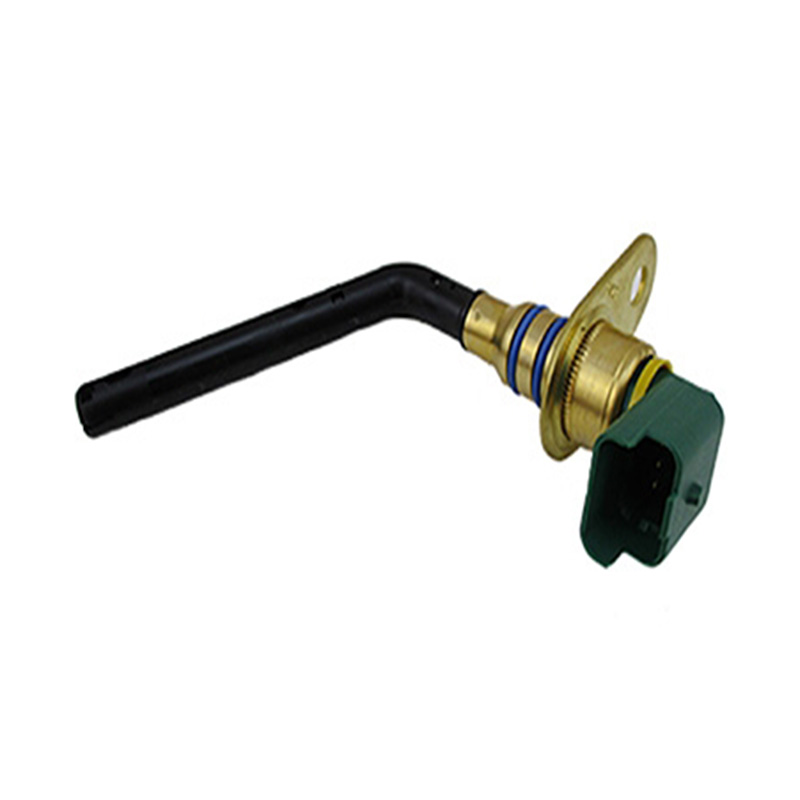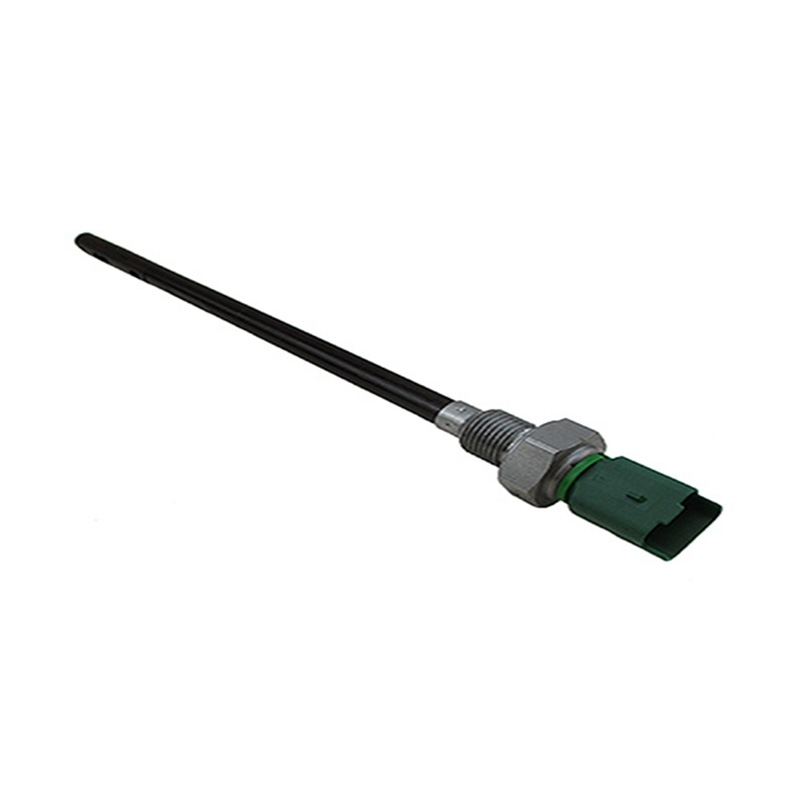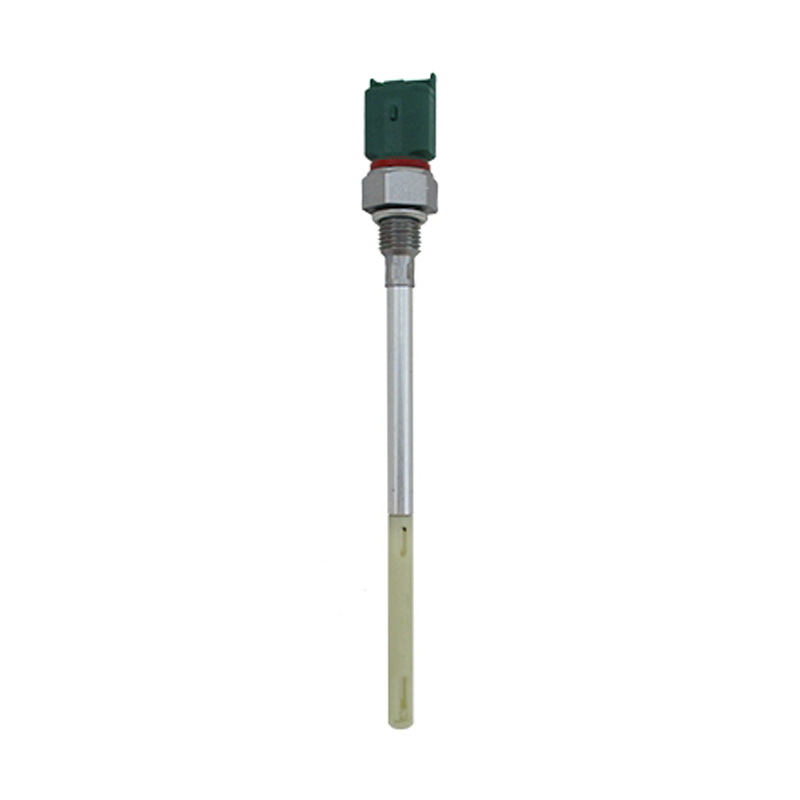OEM.NO:0281 002 461 0281 002 462 0986 284 007
See DetailsHow a Mass Air Flow Meter Improves Engine Performance?
Modern vehicles rely on a range of sensors and control systems to achieve reliable and efficient performance. One essential component that plays a key role in engine management is the Mass Air Flow Meter. This device is responsible for measuring the amount of air entering the engine, a critical factor that directly affects combustion, fuel efficiency, and emissions control.
The Mass Air Flow Meter works by sending precise data to the vehicle’s engine control unit (ECU). The ECU uses this information to calculate the correct amount of fuel to mix with the incoming air. By achieving the proper air-to-fuel ratio, the engine operates more smoothly, delivering consistent power while reducing fuel consumption. Without a properly functioning Air Flow Meter, an engine may experience hesitation, rough idling, or reduced acceleration.
There are different types of Mass Air Flow Meter designs, with hot wire and vane meter being the common. The hot wire version operates by passing an electrical current through a thin wire positioned in the intake air stream. As air flows over the wire, it cools down, requiring the system to adjust the current to maintain a stable temperature. The amount of current needed to maintain this temperature is proportional to the mass of air entering the engine, which the Air Flow Meter then communicates to the ECU.
One of the primary ways a Mass Air Flow Meter improves engine performance is by providing real-time, accurate measurements of the air entering the combustion chamber. This allows the ECU to make immediate adjustments to the fuel injection system. The result is a more efficient and balanced combustion process, contributing to smoother acceleration and improved throttle response under various driving conditions.
Another benefit of using a Mass Air Flow Meter is enhanced fuel efficiency. By maintaining the correct air-to-fuel mixture, the engine burns fuel more effectively. When an engine runs too rich (too much fuel) or too lean (too little fuel), performance and fuel economy suffer. The Air Flow Meter helps prevent these issues by delivering precise data that ensures proper fuel delivery at all times.
In addition to improving fuel economy, a well-functioning Mass Air Flow Meter also contributes to cleaner emissions. An engine that burns fuel efficiently produces fewer harmful gases, such as carbon monoxide and unburned hydrocarbons. Because environmental standards for vehicle emissions have become more stringent, having an accurate and responsive Air Flow Meter is essential for meeting regulatory requirements.
The presence of a reliable Mass Air Flow Meter can also extend engine life. When combustion is balanced, it reduces the chances of carbon buildup on engine components such as valves, pistons, and spark plugs. Over time, excess carbon deposits can result in reduced engine performance, misfires, and even mechanical damage. The data provided by the Air Flow Meter plays a significant role in keeping the combustion process clean and controlled.
Another way a Mass Air Flow Meter improves performance is by optimizing how the vehicle adjusts to changing environmental conditions. Factors such as altitude, temperature, and humidity all influence the density of the incoming air. The Air Flow Meter constantly monitors these changes and sends updated readings to the ECU, ensuring that the air-to-fuel ratio remains within the desired range regardless of external conditions.
Routine maintenance of the Mass Air Flow Meter is important for ensuring long-term engine performance. Over time, dirt, dust, and oil particles can accumulate on the sensor, resulting in inaccurate readings. A faulty or contaminated Air Flow Meter may cause issues like poor fuel economy, engine stalling, or unexpected power loss. Regular inspection and cleaning help maintain the sensor’s sensitivity and accuracy.
Many automotive technicians recommend using a specialized Mass Air Flow Meter cleaner when performing maintenance. This prevents damage to the delicate sensing elements while effectively removing contaminants. Keeping this component clean ensures it continues to provide reliable data, allowing the engine to perform consistently.
